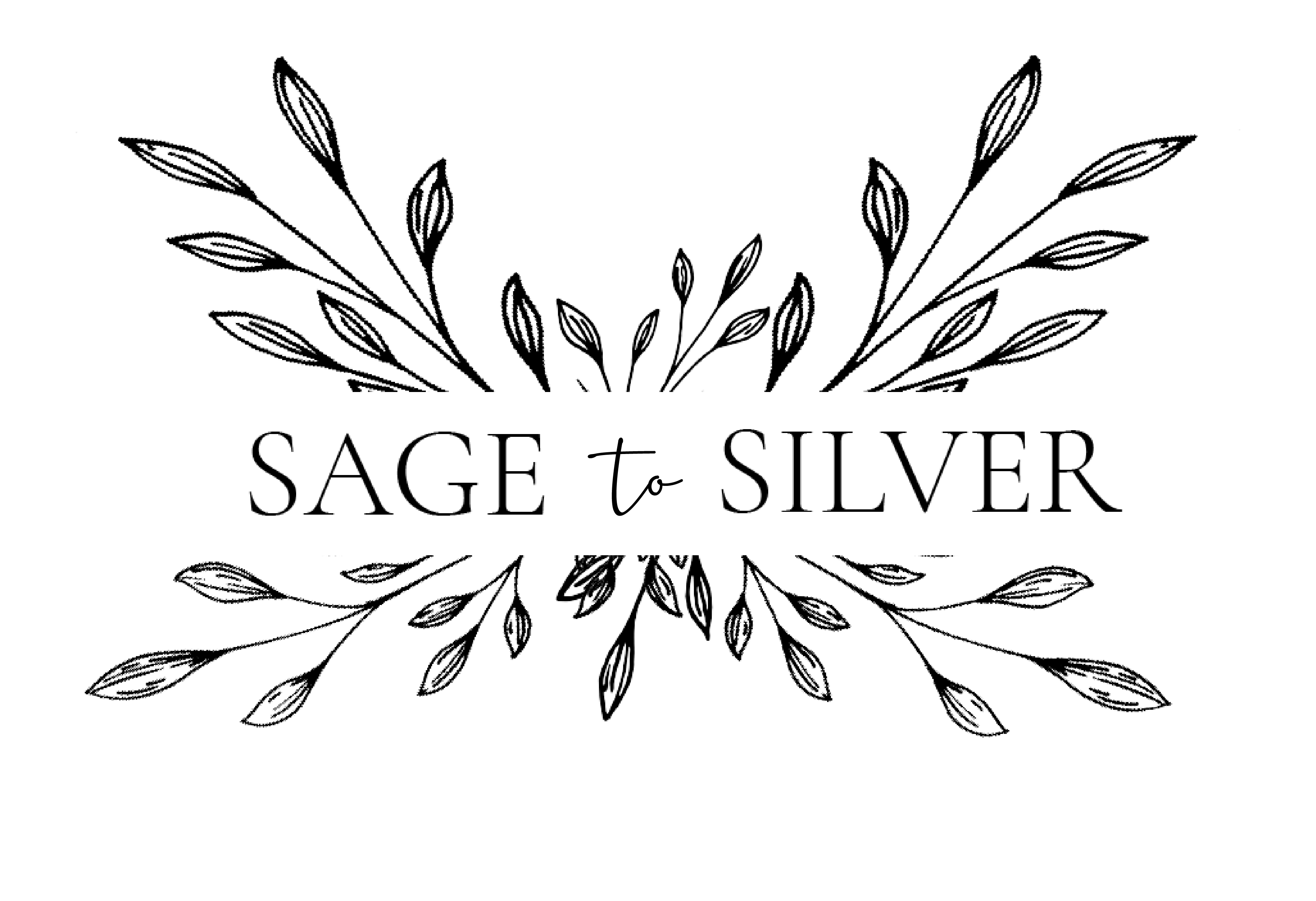As the bee population continues to decline, it’s more important than ever to provide safe spaces for these essential pollinators. A bee hotel is a simple and effective way to do just that. In this article, we’ll explore the benefits of creating a bee hotel and provide step-by-step instructions on how to build one that is bee-friendly.
This post contains affiliate links, which means should you click the links and/or purchase something I will receive a commission. This helps to support my blog and provide you with fun, free material. Please read my full disclaimer here.

The buzzing sound of bees is a familiar sign of summer, but their presence goes beyond just a pleasant hum. Bees are essential pollinators, responsible for foods like apples, blueberries, cherries, almonds and so many more. However, as the bee population continues to decline, it’s crucial to provide safe spaces for these vital creatures.
That’s where a bee hotel comes in. In this article, we’ll explore the benefits of creating a bee hotel and provide practical step-by-step instructions on how to build one that is bee-friendly. Whether you’re a seasoned DIY enthusiast or simply looking for a way to give back to nature, building a bee hotel is an easy and effective way to support the declining bee population. So, let’s dive in and get started on this important project!
Why Bees Are So Important
In addition to providing us with honey, bees play a critical role in our planet’s ecosystem. These small creatures are responsible for pollinating plants, which in turn, produce the fruits, vegetables, and nuts we rely on for sustenance.
Without bees, our food sources would be severely limited, and our planet’s biodiversity would suffer greatly. This is why it’s so important to create bee-friendly environments and provide safe spaces for these valuable pollinators.
What is a Bee Hotel?
Bees are essential to our planet’s ecosystem, and as such, it’s critical to provide safe habitats for these valuable pollinators. One way to do this is by building a bee hotel. But what exactly is a bee hotel?
Essentially, it’s a human-made structure that provides a safe and secure nesting place for bees. These structures can be made from a variety of materials such as wood, bamboo, and hollow plant stems. By providing a bee hotel, you’re helping to support the local bee population and creating a beautiful and functional addition to your garden or outdoor space.

How to Build a Bee-Friendly Bee Hotel
When building a bee-friendly bee hotel, there are a few important things to keep in mind. First, choose a location that is sheltered from strong winds and rain, but still receives plenty of sunlight. Bees also prefer dry habitats, so avoid areas that tend to be damp. Build your bee hotel at least three feet off the ground, at least 8 inches deep with a closed back and facing South/Southeast.
Next, select materials that are safe and environmentally friendly for the bees. Avoid using pressure-treated wood, as it can contain harmful chemicals that can leach into the nesting tubes over time. Instead, opt for untreated wood, bamboo, or reed straws with minimal split or cracks.
It’s important to provide nesting tubes in sizes to accommodate the types of bees in your area. Mason bees, for example, prefer smaller tubes, while leafcutter bees prefer larger ones. You can easily create a variety of tube sizes by drilling holes of varying diameters into the wood or bamboo.
Polyester Bees: 2-3mm
Mason & Leaf Cutter Bees: 5-8mm
Blue Orchard & Carder Bees: 10-12mm
Lastly, plant some bee-friendly flowers nearby such as lavender, coneflowers, or marigolds.
With these tips, you can create a safe and welcoming home for bees in your garden. Keep in mind that maintaining your bee hotel is also important to ensure the long-term health and survival of your pollinator friends.

Maintaining Your Bee Hotel
Once you have built your bee hotel, it’s important to maintain it to ensure that it remains a safe and comfortable environment for your bee population. Regular upkeep can also prevent the spread of disease and reduce the likelihood of parasites infesting the hotel.
One important aspect of maintenance is cleaning the bee hotel. In the fall, after the bees have emerged and left the hotel, it’s best to clean it using a soft brush to remove any dirt or debris.
Another important step in maintaining your bee hotel is ensuring that it remains dry. Moisture can promote the growth of bacteria and fungi, which can be harmful to your bee population. Regularly check the hotel for leaks or cracks, and repair them as needed.
You can also provide fresh nesting materials for your bees each season. Replace any old or damaged reed or bamboo straws with fresh ones to ensure that the bees have a clean and cozy environment.

“If the bee disappeared off the surface of the globe then man would only have four years of life left.” – Albert Einstein
Sources: The Entomologist Lounge, Grow it Built it

